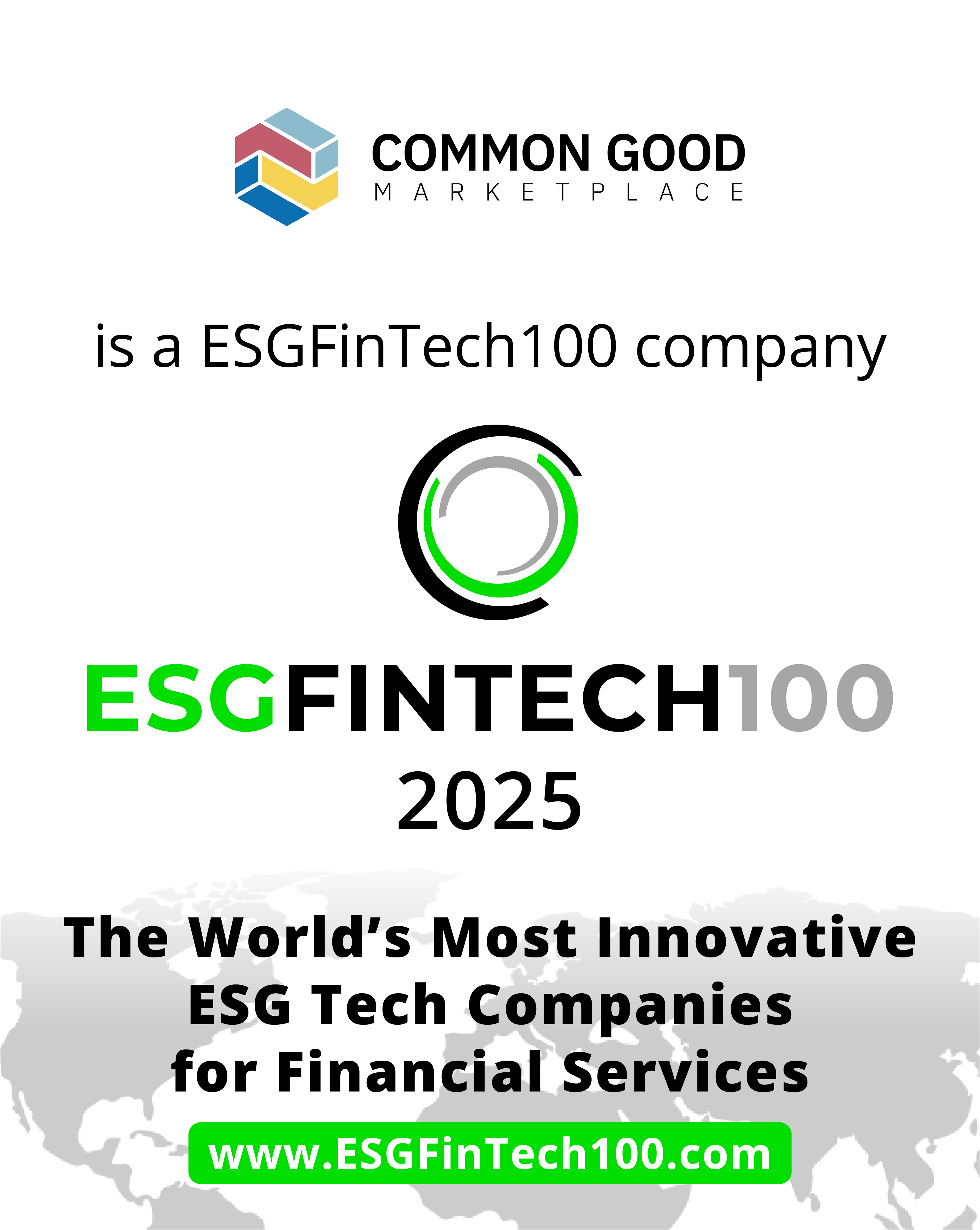

Can impact investing help Beleaguered ESG?


There have been countless articles in the last few months detailing the many failings of “ESG”(Environment, Social, and Governance) assessments to meaningfully reflect a corporation’s true sustainability. These failings include the lack of common measurement standards, inconsistent criteria, failure to report or offset positive activities with negative impacts, assessing the impact of resources on a firm rather than the firm’s impact on resources, and unreliable (and sometimes exaggerated) self-reporting. Given the vast investments flowing into “ESG Funds” – apparently the fastest growing investment class on the planet – the disappointment and frustration over the lack of a credible measurement system is easily understood.
The question is not whether meaningful steps need to be taken now, but which ones, and specifically whether developments in impact investing and philanthropy might be part of the solution. The lead article in the July 23rd edition of The Economist magazine suggested that ESG is “Three letters that won’t save the planet”, and “should simply be boiled down to one simple measure: emissions” 1 . While obviously simpler, I can’t believe they suggested throwing out “S” and “G”. Part of their rationale was “…because [ESG] lumps together a dizzying array of objectives, it provides no coherent guide for investors and firms to make the tradeoffs that are inevitable in any society.” Many in the industry agree that having a common taxonomy and measurement framework to comprehensively assess corporate activities and strategies would be a massive improvement in the usefulness of ESG analysis. But even with the adoption of a common framework such as IMP’s 5 dimensions, or SASB or IRIS’s more detailed assessment tools, we would still be left with incomparable outcomes. While climate change may well be the greatest risk, surely the answer is not to ignore the short and long-term value implications of a firm’s social impacts (or “capital”) and governance systems.
Part of the problem is that unlike a GAAP or IFRS financial statement’s aggregation of quantitative outcomes, many of the strategies offered for assessing ESG performance are focused on better, more consistent descriptions of an entity’s sustainability practices rather than quantifying, independently verifying, and economically valuing its cumulative performance. Speaking with some of the leading ESG ratings agencies, we were shocked to realize that most ratings today are indeed focused on the presence or absence of specific corporate practices rather than quantitative performance. Independent verification of impacts is only conducted by the most progressive companies, and economic valuation of net social and environmental impacts appears even more uncommon. Rarely have we seen a company voluntarily impute economic value to their impacts, and while the adoption of the practice seems to us inevitable, it would seem this practice is still years away from becoming common practice. Innovators in impact investing and philanthropy [like UBS?] are already embracing both verification and valuation as part of the growing movement to apply traditional investment disciplines to both impact investing and philanthropy.
Only by necessity did we see these movements begin to develop back in 2016. When frustrated by our carbon buyers’ refusal to see the value in the far more massive social outcomes generated by our businesses in East Africa, we knew we had to develop our own methodologies for quantifying and independently verifying our net SDG impacts. But even an independent social impact audit report accompanied by an economist’s opinion generated nothing more than a shrug or a pat on the back. It wasn’t until several years later when we understood that development economists had been calling the failure to quantify and economically value social and environmental impacts (or “externalities”) from operations a “market failure” that we began to understand the full scope of the problem in accurately assessing organizational and project-level sustainability. So, in anticipation of where we believe the markets have to go to get a comprehensive picture of ESG and sustainability, we developed both a framework for creating a new asset class and a digital platform on which to trade those assets.
At Common Good Marketplace we convert quantitative SDG-Indicator outcomes (not organizational outputs) into “Verified Impact Assets™” which are issued and listed on a platform for the purpose of driving incremental funding to projects helping to achieve the SDGs. Comparing the purchase price to the VIAs’ independently verified economic values enables the buyer to immediately determine the “Social Return on Investment” (economic value of the quantitative impact divided by price) from their proposed purchase. And when the Marketplace has enough transactions to allow for both composite purchases and trend analyses of specific VIAs, investors will finally be able to determine the FMV of a particular type of impact in a specific geography based on the composite SROI for that impact type. It is readily apparent that many existing ESG methodologies have a long way to go to become quantitatively meaningful. But while waiting for industry standards and benchmarks to develop, perhaps the industry should consider using rigorously quantified, independently verified, and valued social impacts as both credible performance markers and valuable assets. Doing so now could enable ESG to become more meaningful and less painful for analysts and investors.
It is readily apparent that many existing ESG methodologies have a long way to go to become quantitatively meaningful. But while waiting for impact standards and industry benchmarks to develop, perhaps the industry should consider using rigorously quantified, independently verified and valued social impacts as both more credible performance markers and valuable assets, making ESG analyses and ratings more meaningful for everyone.
Interested in learning more about our work? Get in touch with us.
- The Economist, page 9, July 23, 2022
.png)



.png)